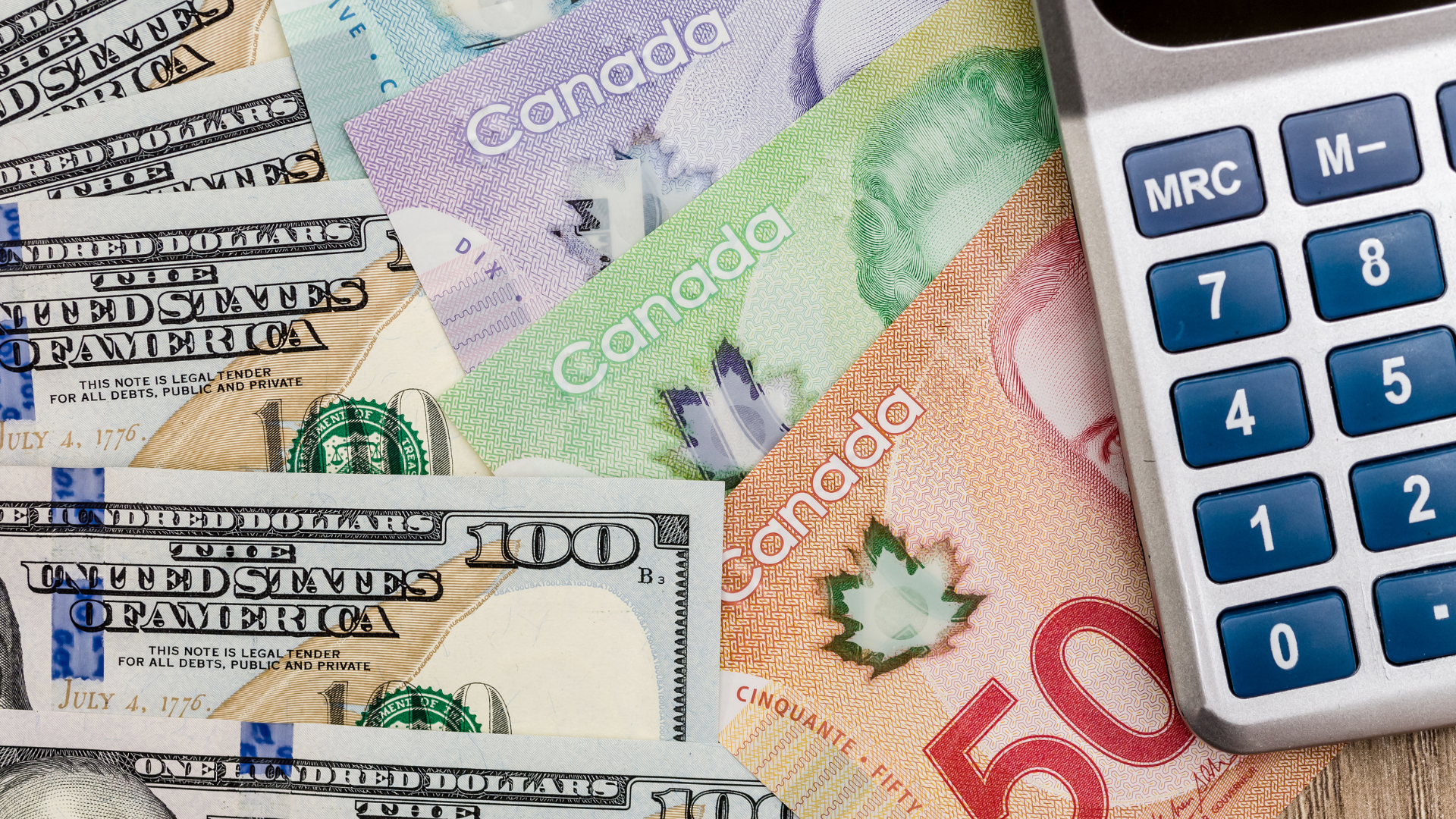The USD/CAD pair remains stagnant below 1.4500, with traders awaiting the US PCE Price Index for fresh cues on the Federal Reserve’s next move. The currency pair has struggled for momentum, as investors assess economic data and policy expectations ahead of the key inflation gauge.
A stronger US dollar has provided some support, underpinned by hawkish Fed rhetoric and firm Treasury yields. However, the Canadian dollar has held its ground, benefiting from higher oil prices, which remain a crucial driver for the commodity-linked currency. The market remains cautious, as any surprises in PCE inflation could shift rate cut expectations, impacting the USD’s trajectory.
Recent economic data from both countries has fueled uncertainty. In the US, mixed signals on growth and inflation have kept the Fed’s policy outlook unclear, while Canada’s resilient labor market and stable GDP have limited the downside for the loonie. Investors are watching for signs of divergence between the Bank of Canada and the Fed, which could create fresh volatility in the pair.
Oil markets remain a key factor for USD/CAD, with crude prices staying elevated amid supply constraints and geopolitical risks. Any sustained rally in oil could strengthen the Canadian dollar further, pressuring the pair to the downside. At the same time, Fed Chair Jerome Powell’s upcoming comments could shape rate expectations and determine the greenback’s next move.
With the PCE Price Index serving as the Fed’s preferred inflation measure, even a slight deviation from expectations could trigger significant market swings. A hotter-than-expected reading could reinforce higher-for-longer rate bets, pushing the USD higher, while a softer print might boost rate-cut hopes, weighing on the greenback.
Until the data release, USD/CAD is likely to trade in a tight range, with traders refraining from aggressive bets. The currency pair remains at a critical juncture, with inflation data and central bank signals set to dictate its next major move.













